Ralf Brandstätter is a Volkswagen Group lifer. He joined the firm 28 years ago, working his way up the management ranks in relatively low-profile purchasing and procurement roles. So when he was named the new CEO of the Volkswagen brand in June last year, especially with reports that his predecessor Herbert Diess – who remains Volkswagen Group CEO and Volkswagen brand chairman – was shuffled out of the role in an internal power struggle, it seemed Brandstätter’s mission was to maintain the status quo.
After all, even with his appointment coming in the middle of a global pandemic, Brandstätter took on the top job in Wolfsburg in a far better position than his predecessors. Matthias Müller had to steer the brand through the immediate fallout of Dieselgate, before Diess oversaw the development and launch of the MEB EV platform and ID family.
The first ID cars are now on the road, sales and profits are strong and Volkswagen is weathering the Covid-19 storm with remarkable resilience.
So with Diess leading the group’s shift to electrification, it seems that all Brandstätter really needs to do is steer a steady course and keep the proverbial tanker pointed in its current direction. Except he’s actually charting a bold new course – while simultaneously trying to switch the powertrain of the tanker. He’s moving beyond turning Volkswagen from a brand that sells mostly ICE cars to mostly electric ones (which changing laws will soon force all brands to do anyway). Under the new Accelerate strategy, Brandstätter is working to make Volkswagen carbon-neutral, reinvent its production network, fundamentally change its business model and develop a new generation of electric, connected and autonomous cars. He even wants to turn Volkswagen from a car maker into a software development company.
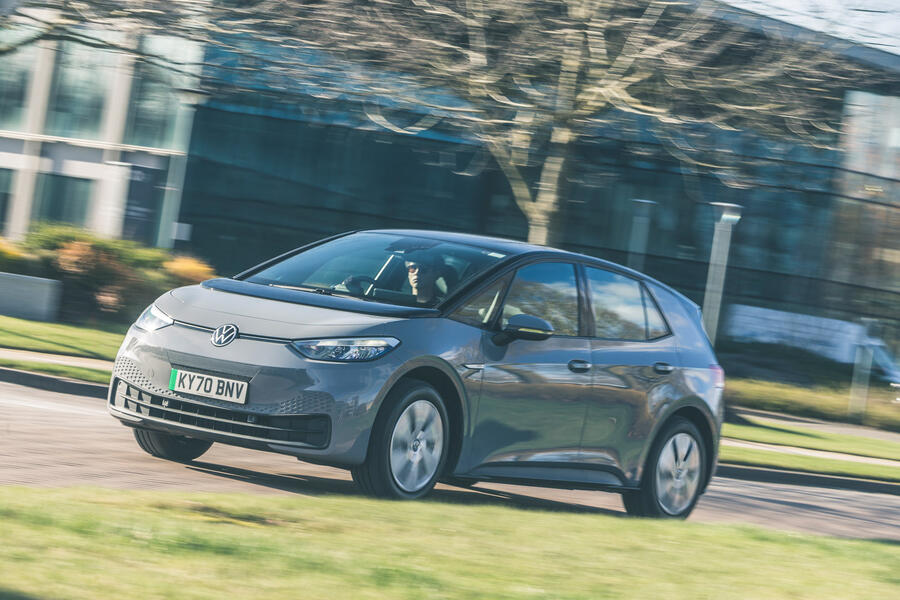
“The real disruption is still coming,” he says. “If you believe with electric cars alone we’ve arrived in the future already, you’re wrong. Digitalisation is the key. The car is now a software-driven product.”
This belief that software will be the dominant differentiator for future cars is why, despite having had major problems with the software in the ID 3 and new Golf, the group is pushing on with plans to develop its own operating system (OS). Think of Apple: its smartphone hardware gets the attention, but its business model is built around its OS and App Store. In the future, Volkswagen will offer largely standardised cars, with additional features then sold as software updates, thus enabling it to earn revenue from cars throughout their lives.
The embodiment of Volkswagen’s software-driven reinvention will be Project Trinity, the autonomous-ready long-distance electric cruiser due in 2026. It will use the group’s new SSP platform (which combines learnings from both the MEB and Audi-Porsche PPE architectures) and a new generation of Volkswagen’s bespoke OS.
However, Volkswagen “won’t wait for Trinity to become a software-driven company”. Over-the-air software updates for ID cars will start to appear in the coming months, and Brandstätter says: “With that, new ideas for business models will be created. It’s a ‘magic loop’: every 12 weeks, we want to create a software update and also emotions. Yes, we can do back-fixing with updates, but the emotional part is that you will notice you’re getting additional features that are developed within the lifetime of the car.”
Emotional appeal is key to Volkswagen’s plan to continue growing EV sales, especially since regulations requiring makers to electrify creates a need to reach drivers who aren’t attracted merely by the chance to drive a ‘green’ car. That’s where the new ID 4 GTX comes in, giving Volkswagen’s EV family its own version of the fabled GTI badge.
“We have a successful history with GTI, so we want to try and transform this idea into our ID family,” says Brandstätter. “It’s one thing to go with sustainability and mobility, but we [also] want to show that with e-mobility you can combine responsibility and having fun.”
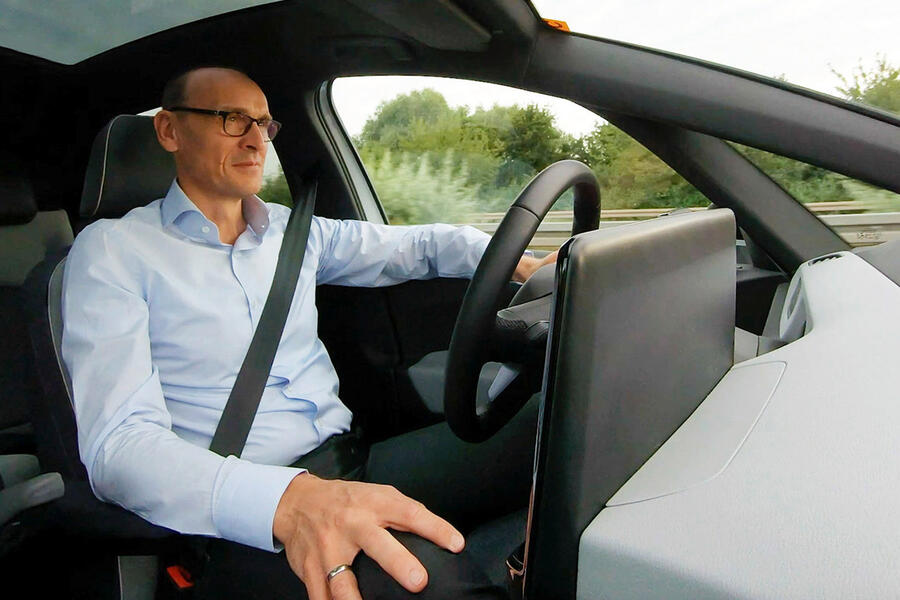
The GTX range (the forthcoming ID 5 coupé-SUV will be its next member) isn’t just about a hot sub-brand. “It also allows us to demonstrate the potential of MEB,” says Brandstätter. “The GTX is the first ID with all-wheel drive. It shows how we’re continuously improving the technology.”
Still, is Volkswagen so heavily committed to expanding EV sales because there’s genuine public demand, or is it purely driven by regulations? “It’s both,” insists Brandstätter. “On one hand, it’s a regulation issue, but the [public] acceptance is increasing. Society is asking how we can solve the climate issue. They want to reduce their carbon emissions, but they don’t want to lose their personal mobility. They don’t want to step back.”
Brandstätter says that early EVs put people off because their limitations highlighted what customers “would miss” in terms of features, range and flexibility, but “the ID 4 has more space and is more versatile [than a similar-size ICE car], and with the range and increasing charging stations, you’re not missing anything”.
Arguably a bigger challenge than convincing customers to switch to electric cars is transforming Volkswagen’s vast production network from a producer of ICE vehicles into a software-focused, carbon-neutral maker of high-tech EVs. Given the sheer scale of Volkswagen’s operations, the amount of infrastructure, the number of employees and the strength of the unions, it’s a massive undertaking.
“It is a challenge,” admits Brandstätter when asked about pushing through the shift. “It’s a huge change. We’re talking about €14 billion [£12bn] in investments, with €13bn to electrify our product range and €1bn to create a zero-impact factory that’s fully decarbonised.
“We started with our factory in Zwickau [the former home of the Golf where the ID 3 and ID 4 are now built] to transform one complete plant into an electric plant. We’ve now got two plants in China running and two more in Germany following: Hanover with the ID Buzz in 2022 and Emden with the Aero B [the production version of the ID Vizzion concept, due in 2023]. Year by year, we’re launching one additional EV, which means we need to invest in transforming plants at the same time. It’s hard work.”
As with most established car makers, Volkswagen is working frantically to be seen as a leader in eco mobility, partly to battle the wave of ambitious new EV brands led by Tesla. But long-established firms producing ICE cars in vast numbers (Volkswagen is aiming for 70% of its sales in Europe to be of EVs by 2030, which still leaves room for plenty of ICE cars) face a challenge in selling their green credentials. And that’s particularly true for Volkswagen, given its history.
Does Brandstätter agree that ‘legacy’ car makers have to work harder? “Of course,” he says, before highlighting the progress Volkswagen has made, such as selling more than 30,000 wallbox chargers: “That means 30,000 charging stations in homes, and those people never need to think any more to go to a petrol station.”
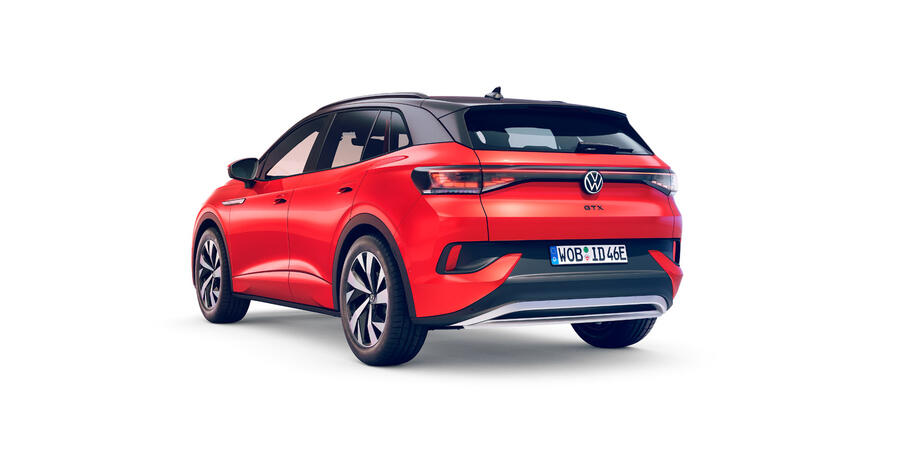
But Brandstätter isn’t shy about highlighting that Volkswagen won’t focus on EVs alone: “Some people drive long distances every day; London to Manchester, say. And those people may say ‘for my individual mobility, I need a plug-in hybrid or a diesel’, because for these profiles, still a diesel is a good solution, and also for the climate.”
The bold changes Brandstätter is leading are about setting up Volkswagen for the future and ensuring that it remains relevant as the industry is transformed by electrification and tech. It’s a move designed to ensure Volkswagen can thrive in competition with long-standing car-making rivals, bold EV start-ups and software and tech firms that are looking to break into the car industry.
So, who is Volkswagen’s biggest rival these days? “We’ve always had competition in the automotive industry,” says Brandstätter. “Now new players are coming in, and they have capabilities in software – but they have to learn to build cars. We can build cars at scale fast around the world, but we have to train our organisation in software engineering. So let’s see who wins. We’re prepared for that race.”
A software firm committed to achieving carbon-neutrality doesn’t sound like the Volkswagen we know. But Brandstätter insists that while the brand is changing, what it stands for is not.
“We take climate change seriously, because we’re convinced that only with e-mobility can we achieve a positive climate impact,” he explains. “Since we launched the Beetle, Volkswagen has stood for individual mobility. It has forever been in our DNA to deliver affordable, individual mobility. Despite climate change, we want to keep that for society, and the ID family is our answer.”
Volkswagen's new way of working
Volkswagen’s shift to focus on electric and digital technology will fundamentally change the way that it develops and builds cars.
“A wheel stays a wheel and a seat stays a seat,” says Thomas Ulbrich, who was named development boss earlier this year, “but the principles of how to develop a car will change from being hardware-led with a software influence to software-led with a hardware influence.”
That shift doesn’t quite require Volkswagen’s engineers to develop new skills, however, as Ulbrich says: “You had to stay curious for new technologies and open to what will come.”
Volkswagen has started ‘agile’ project development, pioneered with the ID model family, with smaller groups working to develop new tech more quickly. That includes the Project Artemis team working on Volkswagen’s future flagship.
“In the future, you will develop the software and bring the car around it,” explained Ulbrich. “Software has much faster evolution loops than hardware. So the hardware is the base, but it has to be flexible, because with software, we don’t yet know what the opportunities are for tomorrow.”
Who is Ralf Brandstatter?
Ralf Brandstätter first joined Volkswagen to train as a shopfitter at its factory in his native Brunswick, before going on to study industrial engineering. He joined the company full time in 1993, working on international projects in the procurement division, and later became an assistant to the board of management. In 1998, he was given responsibility for metal procurement for chassis and powertrain components, and in 2005 he switched to become head of components in Spain. A stint as Seat’s purchasing boss followed before he became head of Volkswagen Group procurement in 2010. He joined the Volkswagen brand board in 2015 and was made chief operating officer in 2018, before being promoted to his current role last year.
READ MORE
Volkswagen ushers in changes for 2021 model line-up
Volkswagen Group to switch to single EV platform
New entry-level Volkswagen ID 3 launched with 217-mile range

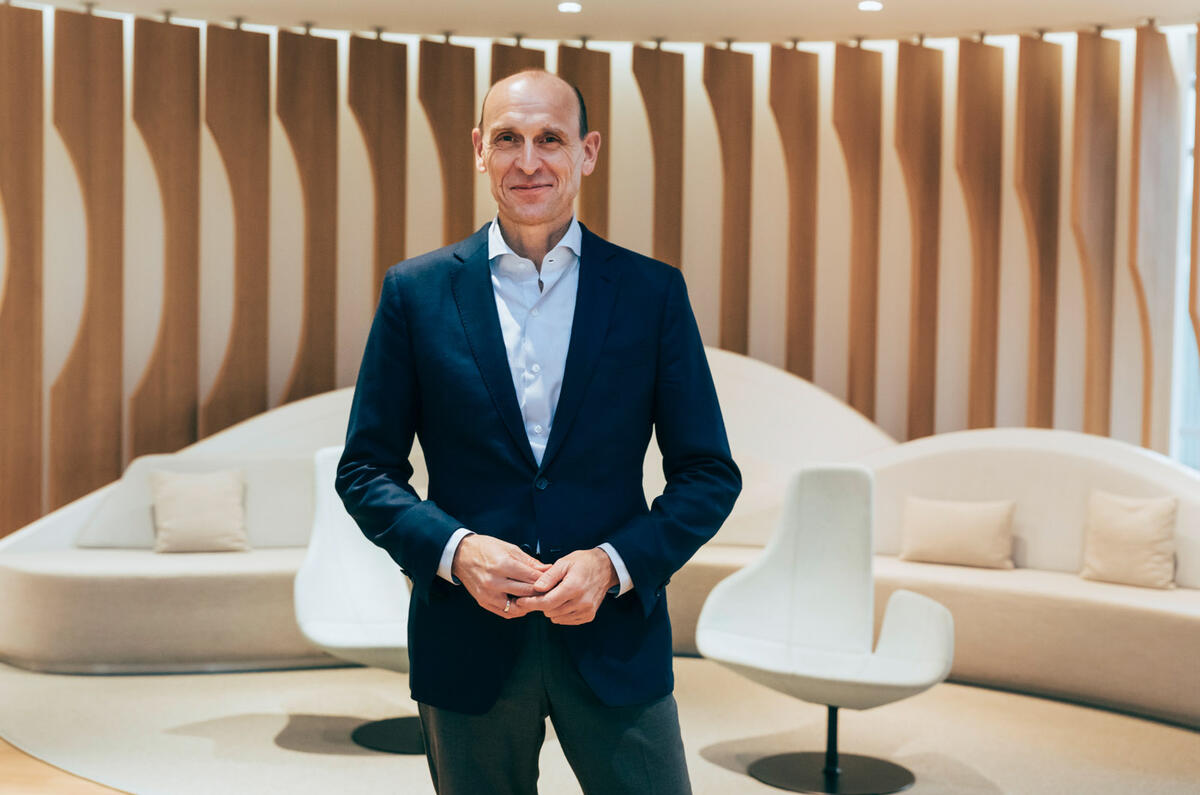
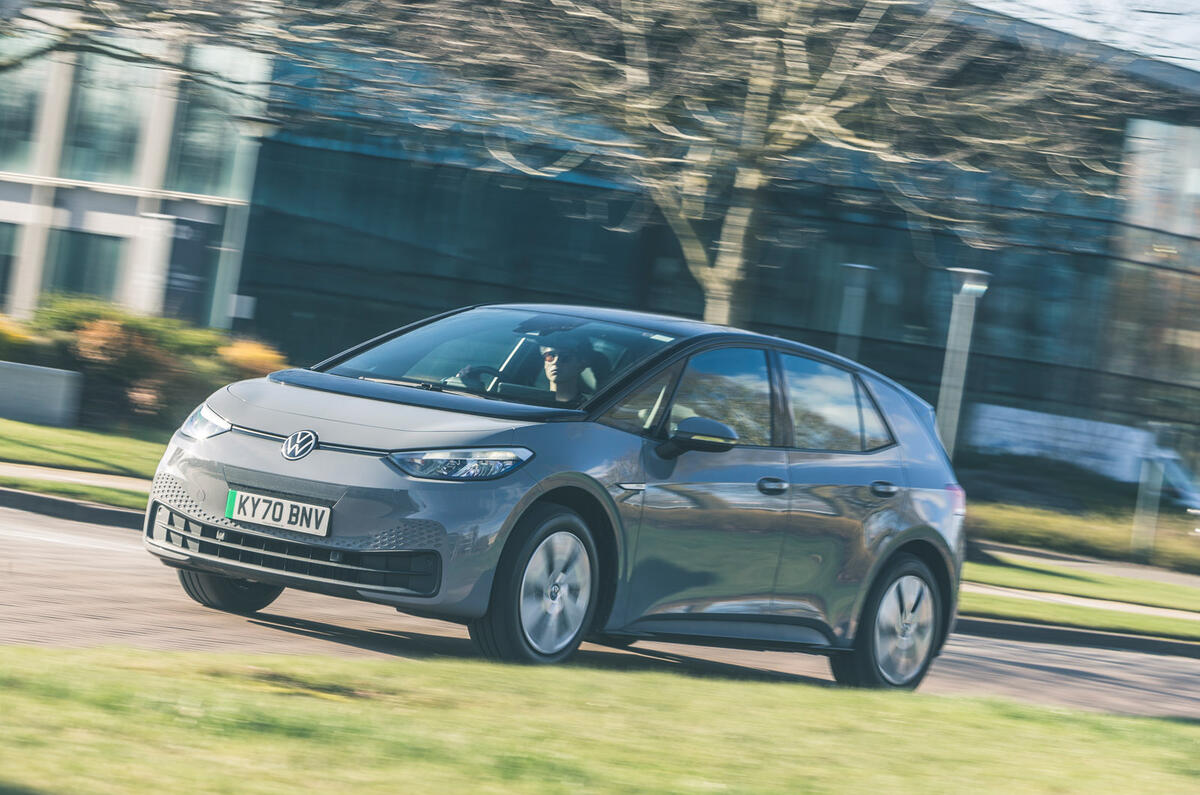
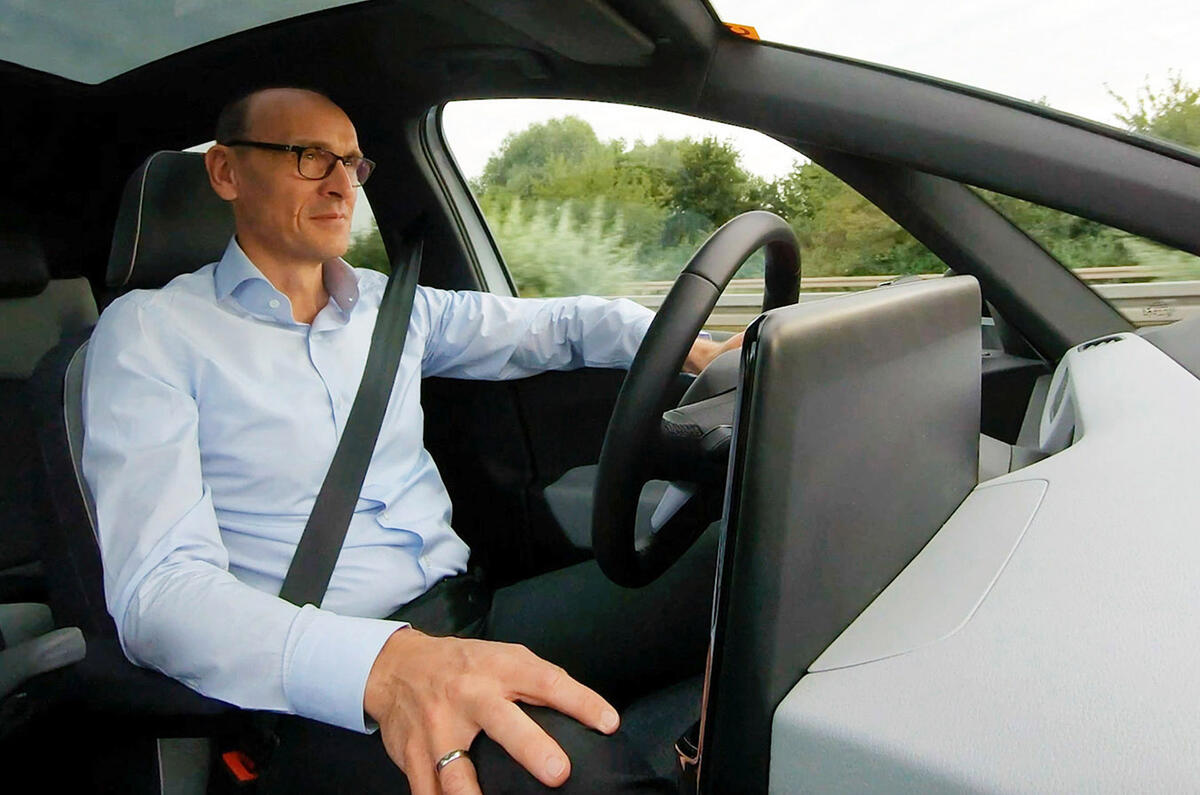
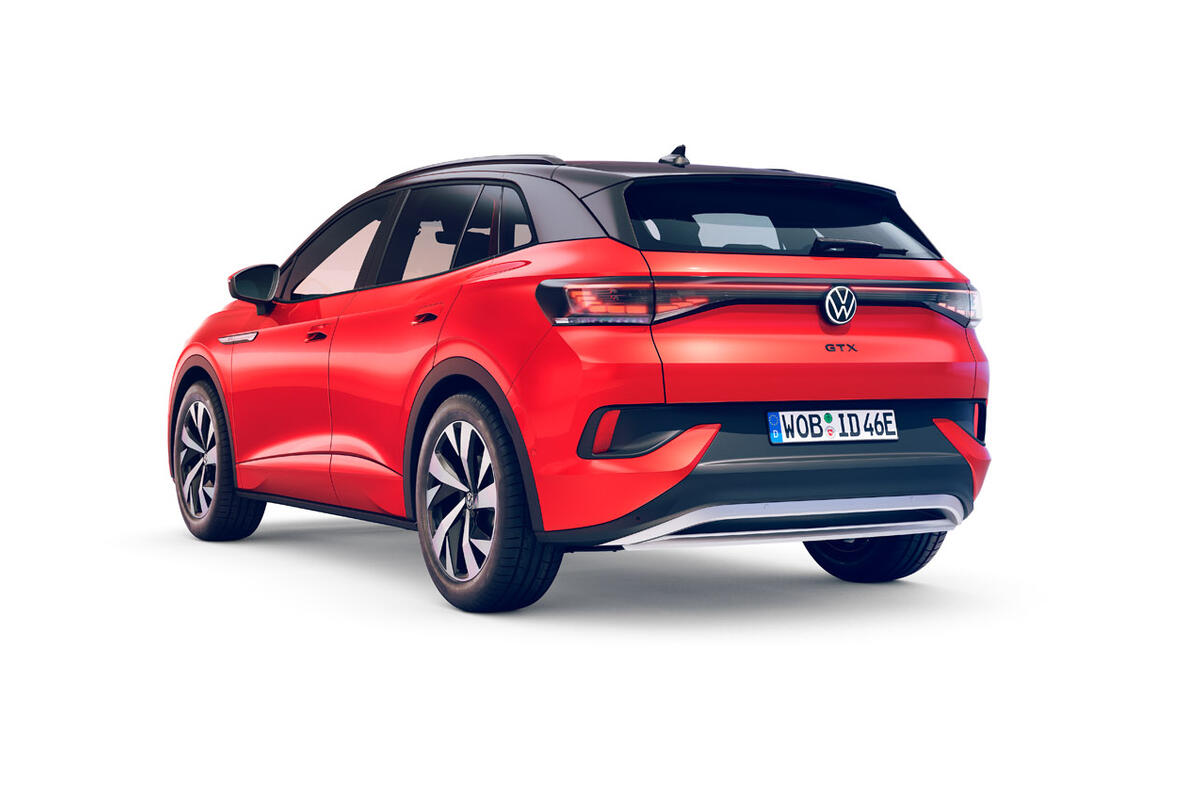
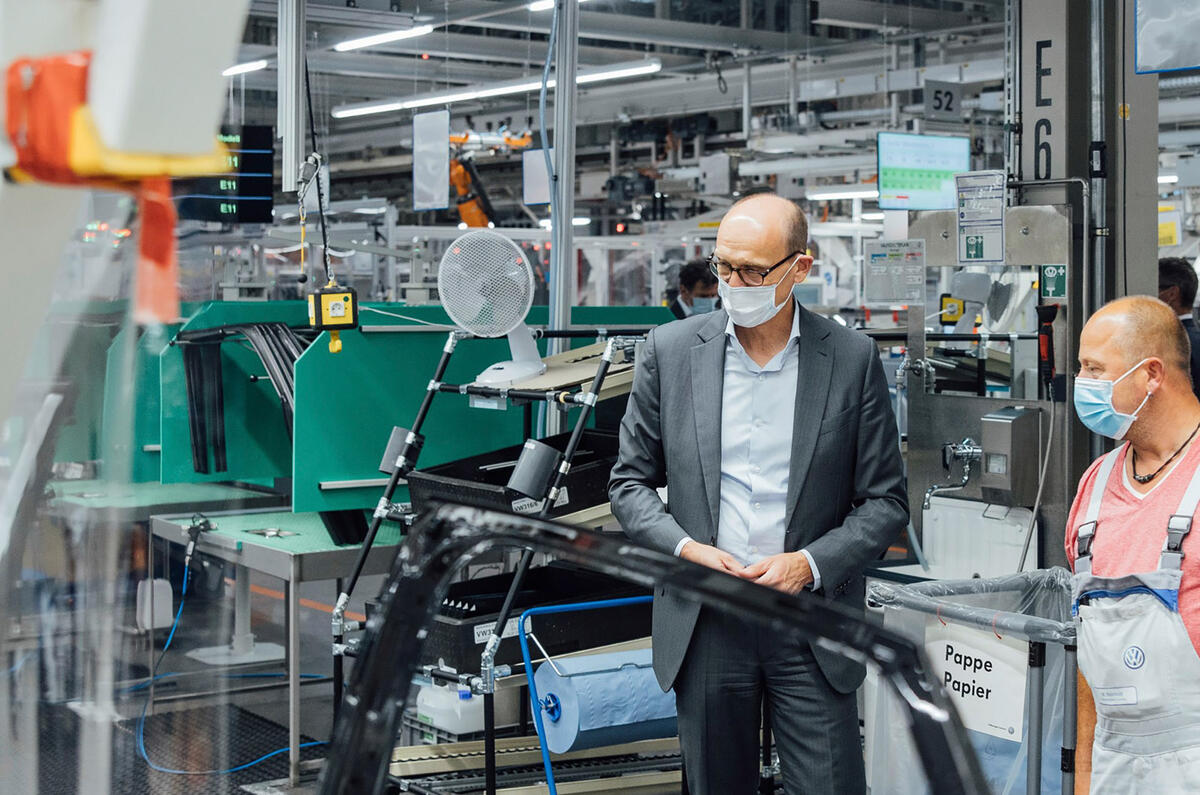

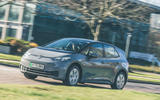
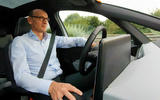
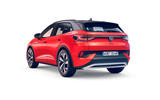







Join the debate
Add your comment
Going from manuals to auto's and then from ICE to Electric removes a lot of interaction with the car, and I agree that it's harder to get exicted by a particular model these days. That's a trend that's going to continue - remember when road tests were all about the clutch, gearchange and how the engine worked accross the rev range - all gone.
I reckon VW's biggest rival is Hyundai over the next 10 to 15 years, they nailed it with the Ioniq 5.
I certainly identify with Gavsmit; I have felt my passion for cars waning seriously over the last couple of years, to the point where I am really considering cancelling my Autocar subscription. It's not Autocar's fault, but when it seems that all there is to write about is overpriced, oversized, ugly, mostly German SUVs (whether ICE powered or electric) and off-putting and unnecessary (in my opinion) electronics in every other type of car, I sometimes find it hard to glean much interesting reading. I expect I shall buy it on an ad-hoc basis, when such reading promises to be of a more satisfactory length. I think classic cars is where my main interest lies now - I wish there were a weekly magazine that would cater for this, most are monthly.
My decreasing interest in modern cars, after being a passionate car enthusiast since a small child, is fully justified by this depressing article.
Cars are becoming white goods appliances, not something to be enthusiatic about.
And things have got really bad when someone says that they will still provide emotional appeal in the shape of a blandly styled SUV!
Surely someone can make an EV to appeal to the heart without it costing ludicrous money, and not have to cram it full of bug-ridden software / gadgets / driver 'aids' ?